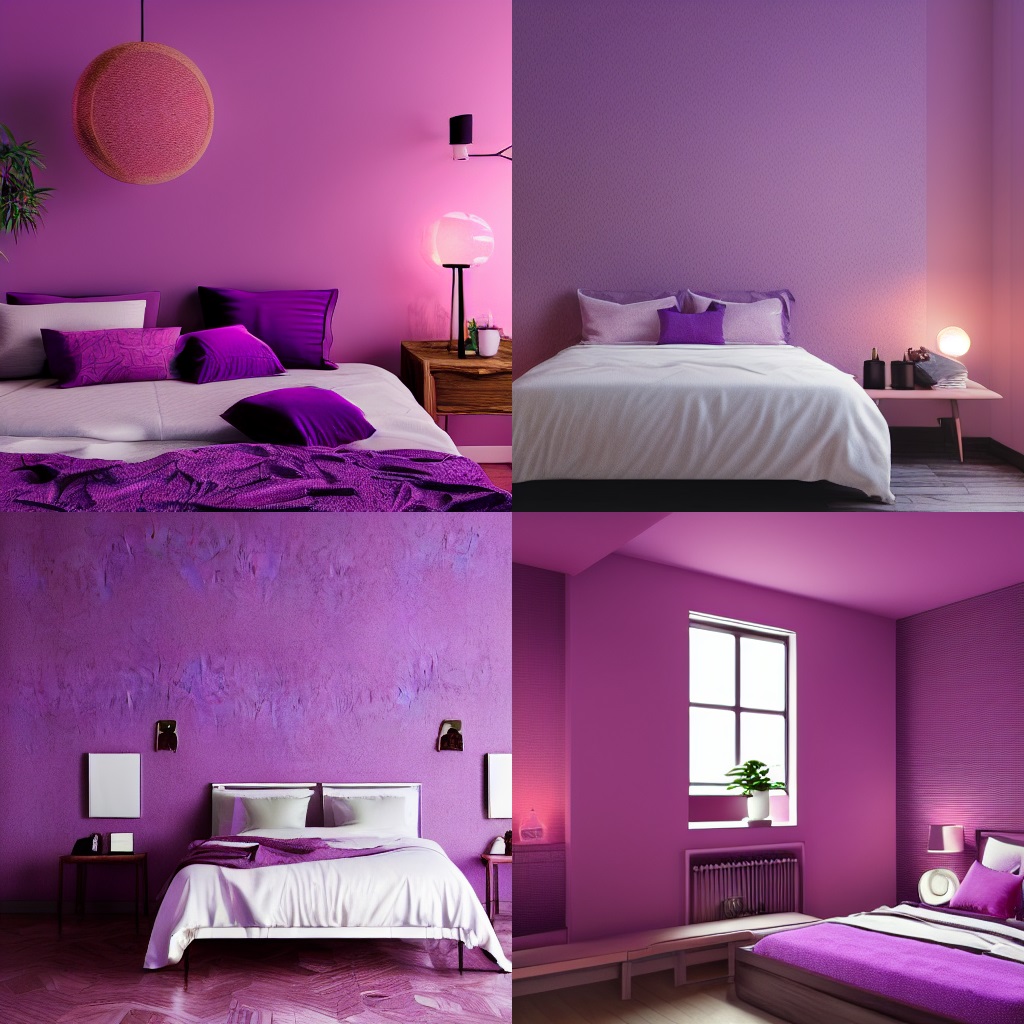The retail industry has been undergoing a difficult transformation. It’s all too easy to find yourself uncomfortable in the current environment, with stores closing left and right and customers more likely to browse for goods on their phones than in person. But there’s hope – retailers are starting to use augmented reality (AR) virtual try-on technology that allows shoppers to visualize how glasses, shoes, outfits and so on would look before making a purchase.
What is Virtual Try-On?
Virtual try-on is a technology that allows shoppers to see how an item of clothing would look on them without having to physically try it on. This can be done either through a virtual reality headset or by using a computer-generated image (CGI) of the shopper superimposed onto the clothing.
There are several benefits of virtual try-on for both retailers and shoppers. For retailers, it can help to reduce the amount of inventory that needs to be kept on hand, as well as the costs associated with returns and exchanges. For shoppers, it provides a more convenient and efficient shopping experience, as well as the ability to try on items that may not be available in their size or preferred color.
With the advent of Augmented Reality (AR), Virtual Try-On is becoming even more realistic and widespread. AR allows for a digital image of the clothing to be placed onto the shopper in real-time, giving them a much better idea of how the garment will look on them. This technology is still in its early stages but has great potential for changing the way we shop for clothes in the future.
Pros and Cons
There are plenty of reasons to be excited about Virtual Try-On technology. It has the potential to save retailers time and money, and it can provide a more immersive and personal shopping experience for customers.
However, there are also some potential downsides to Virtual Try-On that should be considered. One is that the technology is still in its early stages, so it may not be completely accurate yet. Additionally, some people may feel uncomfortable about having their bodies scanned by a machine. Overall, Virtual Try-On technology has a lot of promise. It will be interesting to see how it develops over the next few years and whether or not it lives up to its potential.
Why do retailers need it?
There are numerous reasons retailers need virtual try-on technology. First, it can help save on costs associated with physical product samples and inventory. Second, it allows customers to try on products without having to be in the same location as the product, which can be convenient for both parties. Third, virtual try-on can help reduce returns by allowing customers to make sure they are happy with a product before they purchase it. Finally, this technology can create a more immersive and engaging shopping experience that could lead to increased sales.
Is the technology expensive to implement?
The technology itself is not expensive to implement, but the process of digitizing inventory can be. For example, a store would need to 3D scan each item in order to create a digital model that can be used in the virtual try-on experience. This upfront cost could be a barrier for some retailers, but the long-term benefits may outweigh the initial investment.
Conclusion
Virtual try-on is an exciting technology that has the potential to save retailers. By allowing customers to see how products look on them before they purchase, virtual try-on reduce returns and increases customer satisfaction. In a world where more and more shopping is happening online, virtual try-on are a crucial tool that can help retailers stay competitive. We can’t wait to see how this technology develops in the coming years!



